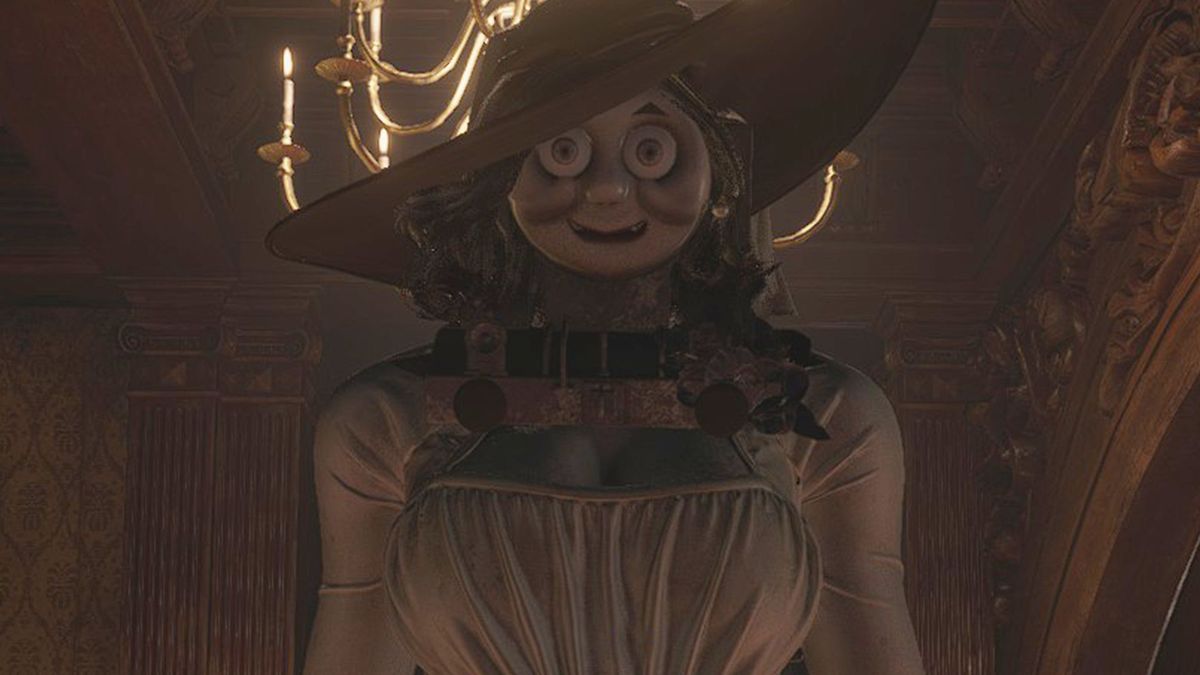

#THE WHO MODS MOD#
At the same time as the original Mod movement, another subculture emerged that was completely the opposite. Youth subcultures had a penchant to head down to seaside resorts on bank holidays to fight each other.
#THE WHO MODS MODS#
Of course, we can’t talk about Mods without talking about the trouble that followed them. The Jam posed in Union Flag blazers similar to that of Pete Townshend and also incorporated targets into their logos and album covers. There was also a revival in the use of the target and Union Flag, of which became symbols of the Mod movement. Bands such as The Lambrettas, Missing Persons, The Purple Hearts and the Merton Parkas also enjoyed fame from the Mod revival. This was around the same time as the film Quadrophenia was released, which further fuelled the desire to revive the movement. Heavily inspired by The Who, The Kinks and many other associated with the original Mod movement, frontman Paul Weller helped revive a scene that still continues today. This was then adapted into the cult classic film Quadrophenia starring Phil Daniels, Sting and Ray Winstone. In the late 1970s the Mod movement achieved a second coming when a small band called The Jam stormed onto the music scene with their belter In The City. However, the Mod movement was already immortalised in the concept album Quadrophenia by rock icons The Who. Also you can’t get a baby on the back of a Vespa. The Union Flag also became a symbol for the Mod movement, very often seen on Pete Townshend, and is also seen draped across The Who like a blanket on the cover of their album, The Kids are Alright.Įventually though, the Mod movement faded, subcultures lose their appeal when they become commercialised and many of the original founders of the Mod movement had moved on to marriage and having children, therefore unable to continue the late night parties and drug taking.

It was also adopted by Lambretta, a brand most commonly associated with the Mod movement. One of the logos for The Who involved a target on the background, of which they still use today. A target became a symbol for the Mod movement, seen on Parkas, Scooters and as worn by The Who on more than one occasion. Though very much a working class movement, the Mods infiltrated culture in every way, from dominating high street style to influencing music and even the popular television programme Ready, Steady, Go! was aimed at a Mod audience. An increase in youth employment and disposable income meant that the Mods continued in their predecessor’s footsteps by taking a huge interest in fashion and music, and by the early 1960s had become associated with tailor made suits, Fred Perry polo shirts and R&B music such as The Who and The Small Faces. Descending from the Teddy Boys, the modernist movement started in the late 1950s and continued into the early 1960s. This week for Throwback Thursday we’re looking at a subculture that has a close affinity with Brighton.


 0 kommentar(er)
0 kommentar(er)
